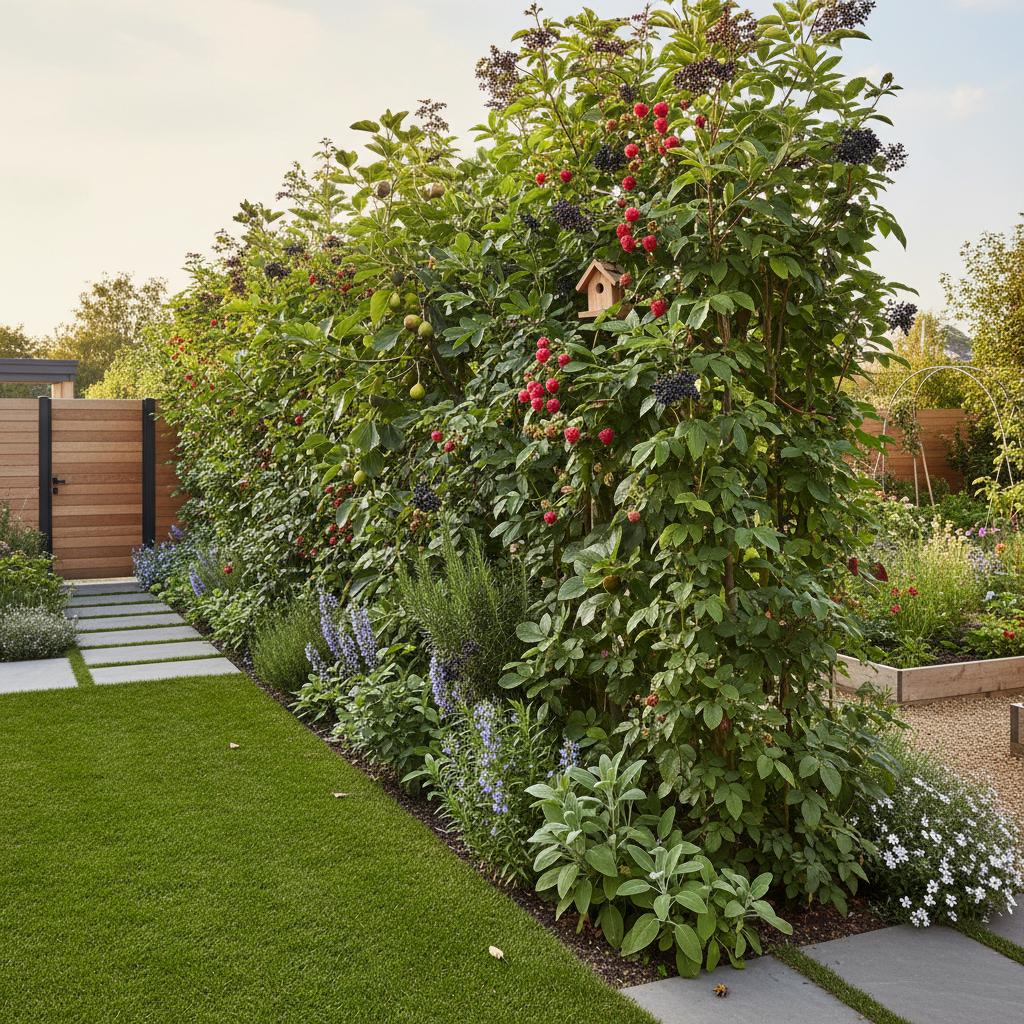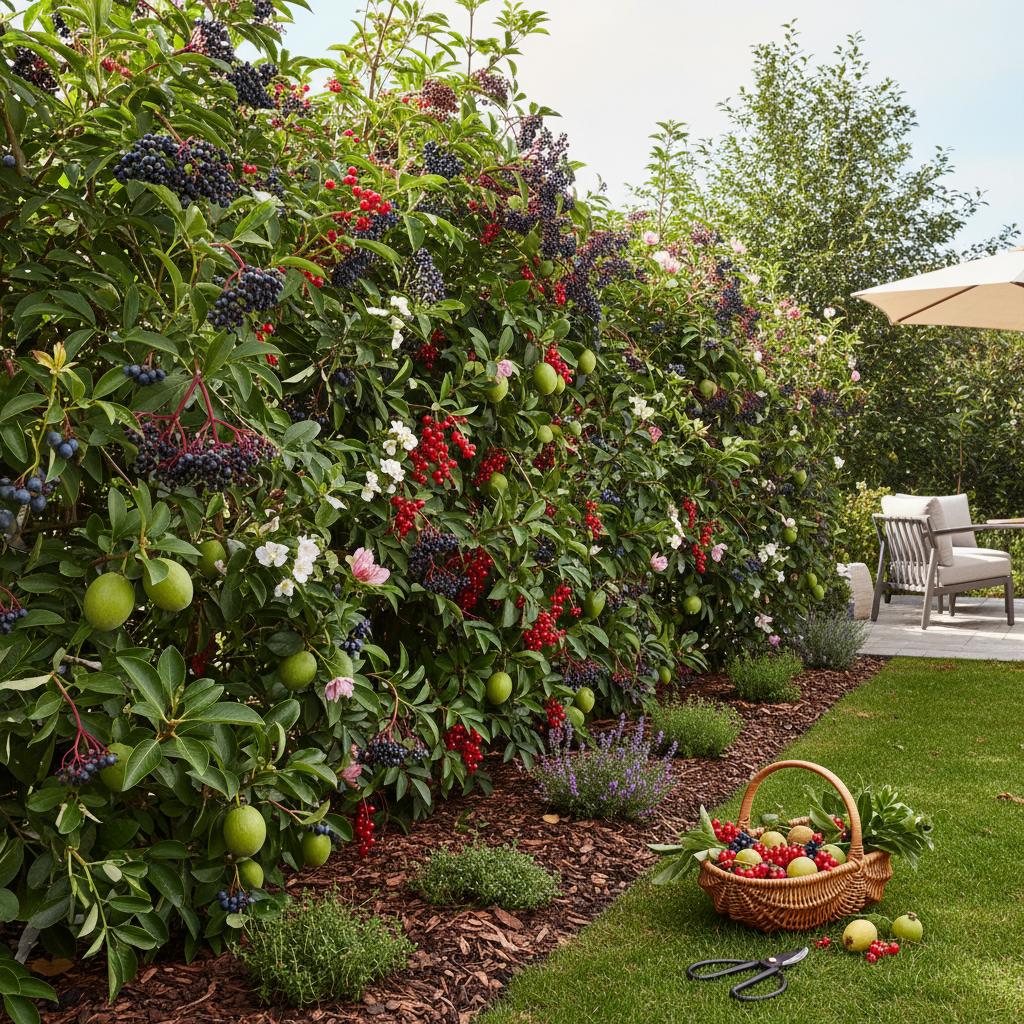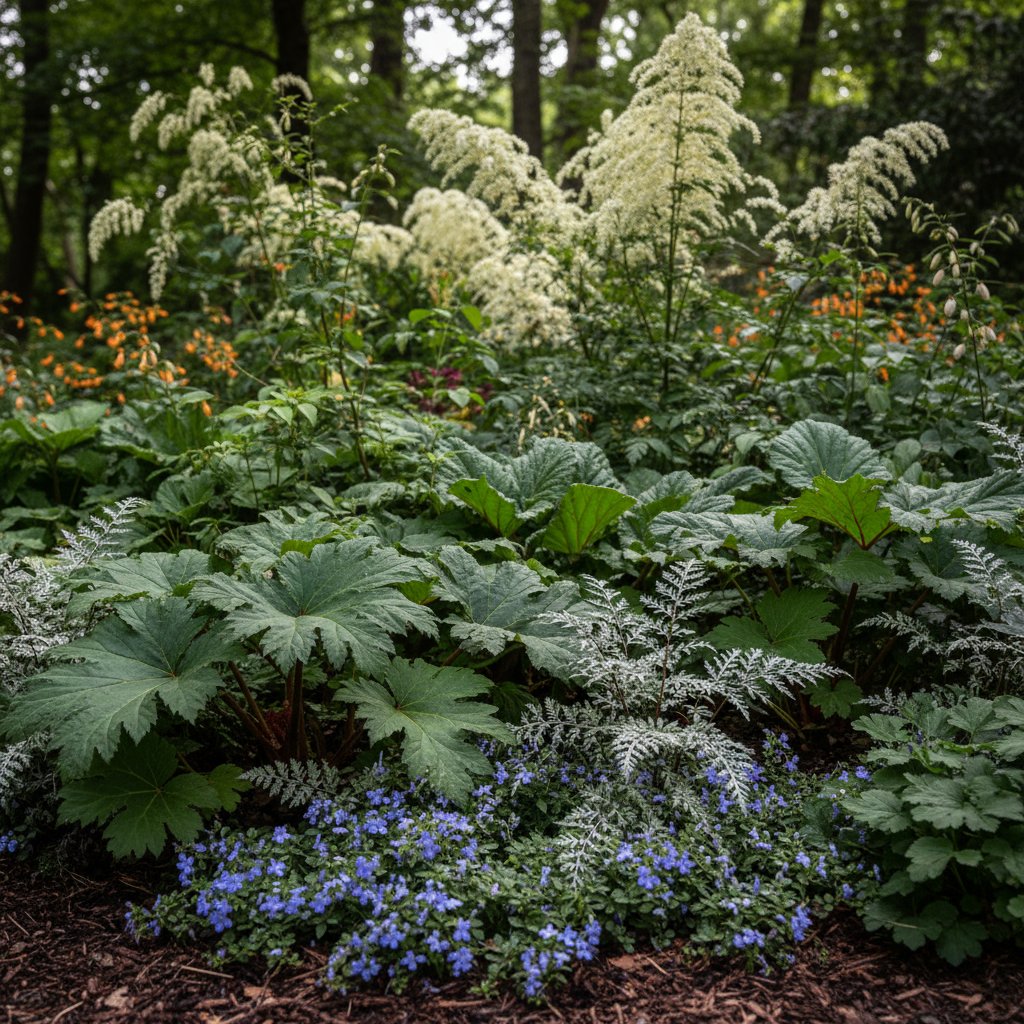Introduction to Edible Hedges
Property boundaries often serve as mere dividers, but they hold potential for greater purpose. Edible hedges combine the roles of fence and food source, creating living screens that shield views while supplying fresh produce. These plantings integrate seamlessly into gardens, offering both aesthetic and practical rewards.
Homeowners seek solutions that maximize limited space. Edible hedges address this need by providing year-round interest alongside harvests of berries, nuts, and herbs. Such borders not only define spaces but also contribute to self-sufficiency and environmental health.
Benefits of Food-Producing Borders
Privacy ranks high among the advantages of dense hedges. Plants like currants or elderberries form thick barriers that block sightlines from neighbors or streets. At the same time, these selections yield edible fruits that ripen in summer, extending the garden's utility beyond decoration.
Beauty emerges through varied foliage, flowers, and fruits. Spring blooms attract bees, while autumn colors add vibrancy. This diversity ensures the hedge remains engaging across seasons, unlike static fences.
Sustainability plays a key role as well. Edible hedges support local ecosystems by offering habitat and nectar for birds and insects. They reduce reliance on store-bought produce, promoting fresher, chemical-free options right at home.
Selecting Plants for Your Edible Hedge
Choice of species depends on climate, soil, and desired harvest. Fruit-bearing options include blackberries, which thrive in full sun and produce abundant berries for jams or fresh eating. Gooseberries offer tart fruits ideal for pies, with compact growth suited to smaller lots.
Nut producers like hazelnuts provide long-term yields. These shrubs grow to eight feet, forming sturdy screens while dropping nuts in fall for roasting. Pair them with slower-growing varieties to balance the hedge's structure.
Herbs add versatility and fragrance. Lavender edges paths with purple spikes and culinary leaves, while rosemary withstands drought and supplies needles for seasoning. Mix these with taller fruits to create layered interest.
Consider hardiness zones when selecting. In cooler regions, opt for serviceberries, which tolerate shade and yield blueberry-like fruits. Warmer areas suit figs, whose broad leaves enhance privacy and sweet harvests reward patience.
Designing Your Hedge Layout
Assess your site's dimensions and sunlight exposure first. Measure the boundary length and note any slopes or wind patterns that influence plant health. Aim for a width of three to five feet to allow root spread without encroaching on lawns.
Plan for diversity to prevent monotony and pests. Alternate fruit bushes with nut trees and herbs, spacing them two to four feet apart based on mature size. This arrangement promotes pollination and extends harvest times.
Incorporate height variation for depth. Place taller elements like elderberry at the back, with lower herbs in front. Curves or angles soften straight lines, making the border more inviting.
Soil preparation sets the foundation. Test pH levels and amend with compost for drainage. Raised beds work well in poor soil, elevating roots above waterlogged areas.
Planting and Establishment Steps
Timing matters for success. Plant in early spring or fall when roots establish without heat stress. Dig holes twice as wide as root balls, spacing plants according to variety guidelines.
Water deeply after planting to settle soil. Mulch around bases with organic material to retain moisture and suppress weeds. Initial care focuses on consistent watering until shoots appear.
Support structures aid certain plants. Train vines like kiwi on wires for vertical growth, enhancing privacy without sprawling. Prune annually to shape and remove dead wood.
Monitor for pests early. Companion planting, such as marigolds near fruits, deters aphids naturally. Organic sprays serve as backups if issues arise.
Maintenance for Long-Term Thriving
Regular pruning maintains form and productivity. In late winter, trim back overgrowth to encourage bushiness. Remove suckers from nut trees to direct energy toward fruits.
Fertilize sparingly with balanced products in spring. Overfeeding leads to weak growth, so soil tests guide applications. Water during dry spells, especially for young hedges.
Harvest prompts health. Pick ripe fruits promptly to avoid bird competition and stimulate new growth. For herbs, snip tips frequently to promote bushiness.
Winter protection shields against harsh weather. Wrap tender plants or add burlap screens. This preserves the hedge's integrity through cold months.
Enhancing Wildlife and Sustainability
Edible hedges naturally draw beneficial creatures. Berry bushes shelter birds that control insects, creating a balanced ecosystem. Flowers provide pollen for bees, boosting garden pollination.
Incorporate native species where possible. These adapt well and support local biodiversity. Avoid invasives to prevent spread beyond your property.
Water conservation comes through deep-rooted plants that require less irrigation once established. Rain gardens at the base capture runoff, further aiding sustainability.
Harvesting Rewards Year-Round
Summer brings the first fruits, with raspberries offering quick returns on investment. Fall nuts and persistent herbs extend the season, while evergreens like bay laurel provide winter greenery and leaves for soups.
Creative uses abound. Blend hedge yields into meals, from salads with fresh herbs to desserts featuring berries. This integration turns routine gardening into a source of daily nourishment.
Over time, your hedge evolves into a legacy feature. It not only marks boundaries but enriches life with flavor and connection to nature. Start small, expand as confidence grows, and enjoy the fruits of your labor.



